English
CONTENTS
FOREWORD
INTRODUCTION
1 Scope
2 Normative references
3 Definitions
4 General requirement
5 General conditions for the tests
6 Classification
7 Marking and instructions
8 Protection against access to live parts
9 Starting of motoroperated appliances
10 Power input and current
11 Heating
12 Void
13 Leakage current and electric strength at operating temperature
14 Transient overvoltages
15 Moisture resistance
16 Leakage current and electric strength
17 Overload protection of transformers and associated circuits
18 Endurance
19 Abnormal operation
20 Stability and mechanical hazards
21 Mechanical strength
22 Construction
23 Internal wiring
24 Components
25 Supply connection and external flexible cords
26 Terminals for external conductors
27 Provision for earthing
28 Screws and connections
29 Clearances, creepage distances and solid insulation
30 Resistance to heat and fire
31 Resistance to rusting
32 Radiation, toxicity and similar hazards
Annexes
Annex B (normative) Appliances powered by rechargeable batteries
Annex AA (normative) Calculation of kinetic energy of pivoting cutting elements
Annex BB (normative) Test enclosure construction
Annex CC (normative) Base for thrown object test enclosure
Annex DD (normative) Target panel elevation zones and recommended test report for thrown object test
Annex EE (normative) Safety signs
Annex FF (normative) Noise test code – Engineering method (grade 2)
Annex GG (informative) Example of a material and construction fulfilling the requirements for an artificial surface
Annex HH (informative) Safety instructions
Bibliography
Figures
Figure 101 – Example of test cycles (see 20.102.2)
Figure 102 – Foot probe test (see 20.102.4)
Figure 103 – Impact test fixture (see 21.101.1)
Figure 104 – Example of structural integrity test fixtures (see 21.101.3.1.1)
Figure 105 – Finger probe test – Illustrations showing application of probe, insertion depth limited according to the geometry of the enclosure
Figure 106 – Obstruction sensor test – Illustration showing typical arrangement(see 22.105.2)
Figure AA.1 – Measurement of the reckonable length L
Figure BB.1 – Thrown object test enclosure – General layout
Figure BB.2 – Thrown object test enclosure
Figure BB.3 – Test enclosure walls and base
Figure BB.4 – Test fixture for corrugated fibreboard penetration test
Figure CC.1 – Thrown object test enclosure – Base detail
Figure CC.2 – Nail plan of test enclosure base
Figure DD.1 – Recommended test data sheet
Figure EE.1 – Safety sign illustrating – "WARNING –Read user instructions before operating the machine"
Figure EE.2 – Alternative safety sign for the supplementary safety information panel of EE.1 (safety sign 1641 of ISO 7000)
Figure EE.3 – Alternative safety sign for the supplementary safety information panel of EE.1 (safety sign M002 of ISO 7010)
Figure EE.4 – Safety sign illustrating – "WARNING – Keep a safe distance from the machine when operating"
Figure EE.5 – Safety sign illustrating – "WARNING – Remove the disabling device before working on or lifting the machine"
Figure EE.6 – Safety sign illustrating – "WARNING – Operate the disabling device before working on or lifting the machine"
Figure EE.7 – Safety sign illustrating – "WARNING – Do not ride on the machine"
Figure FF.1 – Microphone positions on the hemisphere (see Table FF.1)
Figure GG.1 – Sketch of the measurement surface covered with an artificial surface (not to scale)
Tables
Table 1 – Sizing of test fixture air inlet holes
Table FF.1 – Co-ordinates of microphone positions
Table FF.2 – Absorption coefficients
Français
SOMMAIRE
AVANT-PROPOS
INTRODUCTION
1 Domaine d’application
2 Références normatives
3 Définitions
4 Exigences générales
5 Conditions générales d’essais
6 Classification
7 Marquage et instructions
8 Protection contre l’accès aux parties actives
9 Démarrage des appareils à moteur
10 Puissance et courant
11 Echauffements
12 Vacant
13 Courant de fuite et rigidité diélectrique à la température de régime
14 Surtensions transitoires
15 Résistance à l’humidité
16 Courant de fuite et rigidité diélectrique
17 Protection contre la surcharge des transformateurs et des circuits associés
18 Endurance
19 Fonctionnement anormal
20 Stabilité et dangers mécaniques
21 Résistance mécanique
22 Construction
23 Conducteurs internes
24 Composants
25 Raccordement au réseau et câbles souples extérieurs
26 Bornes pour conducteurs externes
27 Dispositions en vue de la mise en terre
28 Vis et connexions
29 Distances dans l’air, lignes de fuite et isolation solide
30 Résistance à la chaleur et au feu
31 Protection contre la rouille
32 Rayonnement, toxicité et dangers analogues
Annexes
Annexe B (normative) Appareils alimentés par batteries
Annexe AA (normative) Calcul de l’énergie cinétique des éléments de coupe pivotants
Annexe BB (normative) Construction de l’enceinte d’essai
Annexe CC (normative) Support pour l’enceinte d’essai de projection d’objets
Annexe DD (normative) Zones de hauteur des panneaux cibles et rapport d’essai recommandé pour l’essai de projection d’objets
Annexe EE (normative) Signaux de sécurité
Annexe FF (normative) Code d’essai acoustique – Méthode d’expertise (degré d’exactitude 2)
Annexe GG (informative) Exemple de matériau et de construction satisfaisant aux exigences relatives à une surface artificielle
Annexe HH (informative) Consignes de sécurité
Bibliographie
Figures
Figure 101 – Exemple de cycles d’essai (voir 20.102.2)
Figure 102 – Essai au pied d’essai (voir 20.102.4)
Figure 103 – Dispositif de l’essai d’impact (voir 21.101.1)
Figure 104 – Exemple de dispositif d’essai d'intégrité structurelle (voir 21.101.3.1.1)
Figure 105 – Essai au doigt d’essai – Illustrations indiquant l’application du calibre d’essai, la limitation de la profondeur d’introduction selon la géométrie de l’enceinte
Figure 106 – Essai au capteur de détection d’obstacles – Illustration indiquantune disposition type (voir 22.105.2)
Figure AA.1 – Mesure de la longueur de référence L
Figure BB.1 – Enceinte d’essai pour la projection d’objets – Disposition générale
Figure BB.2 – Enceinte d’essai pour la projection d’objets
Figure BB.3 – Parois et support de l’enceinte d’essai
Figure BB.4 – Dispositif pour l’essai de pénétration du carton ondulé
Figure CC.1 – Enceinte d’essai pour la projection d’objets – Détail du support
Figure CC.2 – Plan de clouage du support de l’enceinte d’essai
Figure DD.1 – Fiche technique d’essai recommandée
Figure EE.1 – Représentation du signal de sécurité – «MISE EN GARDE – Lire les instructions d’utilisation avant de faire fonctionner la machine»
Figure EE.2 – Signal alternatif de sécurité pour un panneau supplémentaire d'information de sécurité du EE.1 (signal de sécurité 1641 de l’ISO 7000)
Figure EE.3 – Signal alternatif de sécurité pour un panneau supplémentaire d'information de sécurité du EE.1 (signal de sécurité M002 de l’ISO 7010)
Figure EE.4 – Représentation du signal de sécurité – «MISE EN GARDE – Maintenir une distance de sécurité avec la machine en fonctionnement»
Figure EE.5 – Représentation du signal de sécurité – «MISE EN GARDE – Retirer le dispositif de mise hors fonctionnement avant d’effectuer tout travail sur la machine ou avant de la soulever»
Figure EE.6 – Représentation du signal de sécurité – «MISE EN GARDE – Faire fonctionner le dispositif de mise hors fonctionnement avant d’effectuer tout travail sur la machine ou avant de la soulever»
Figure EE.7 – Représentation du signal de sécurité – «MISE EN GARDE –Ne pas monter sur la machine»
Figure FF.1 – Positions des microphones sur l’hémisphère (voir Tableau FF.1)
Figure GG.1 – Croquis de la surface de mesure recouverted’une surface artificielle (non à l’échelle)
Tableaux
Tableau 1 – Dimensions des orifices d’entrée d’air du dispositif d’essai
Tableau FF.1 – Coordonnées des positions de microphones
Tableau FF.2 – Coefficients d’absorption


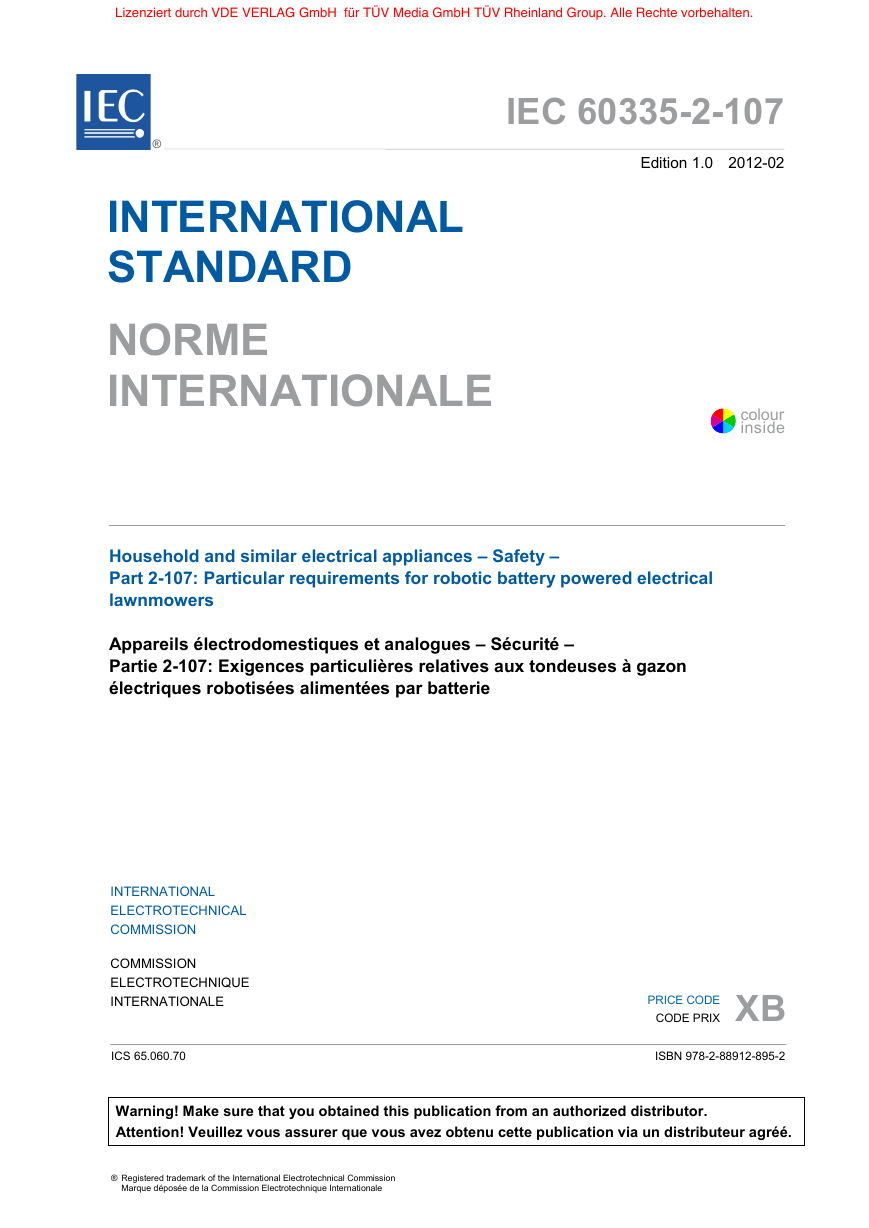
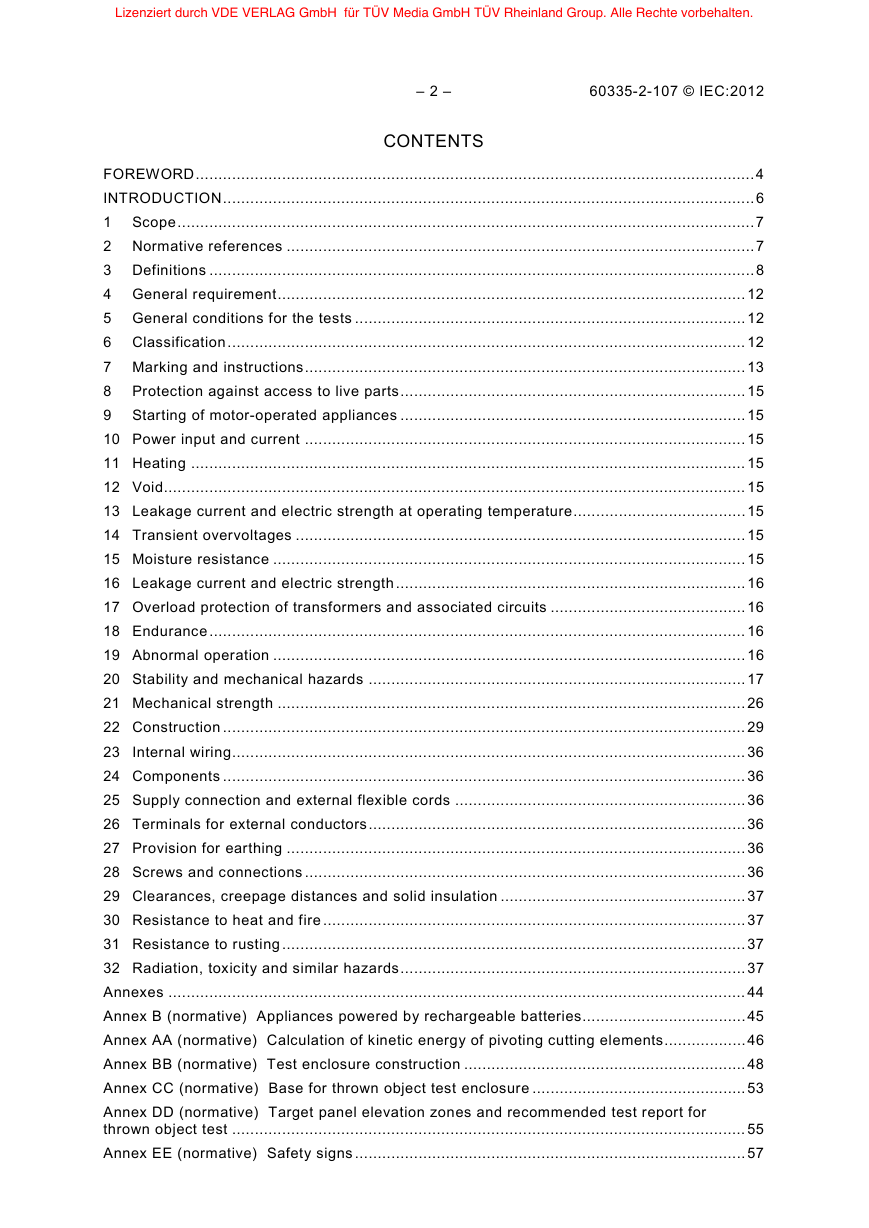
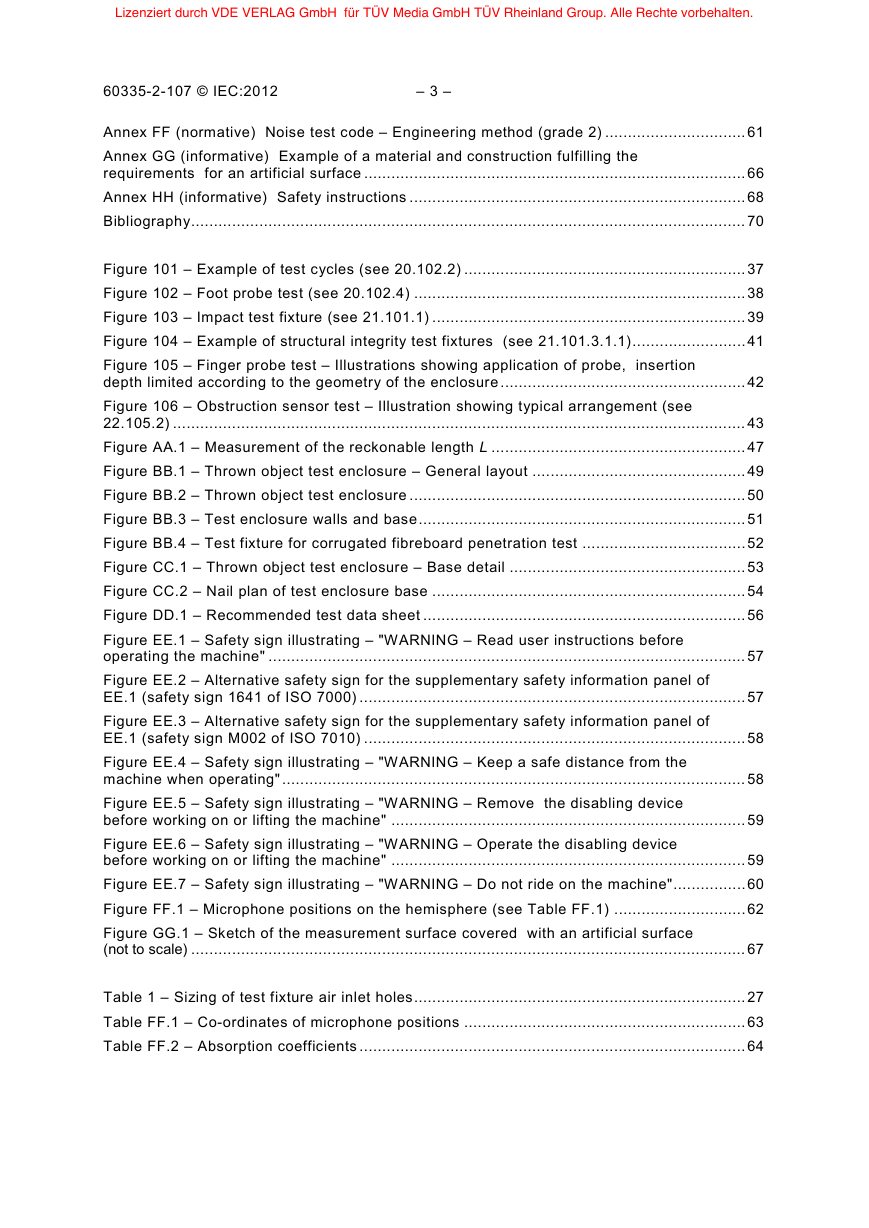
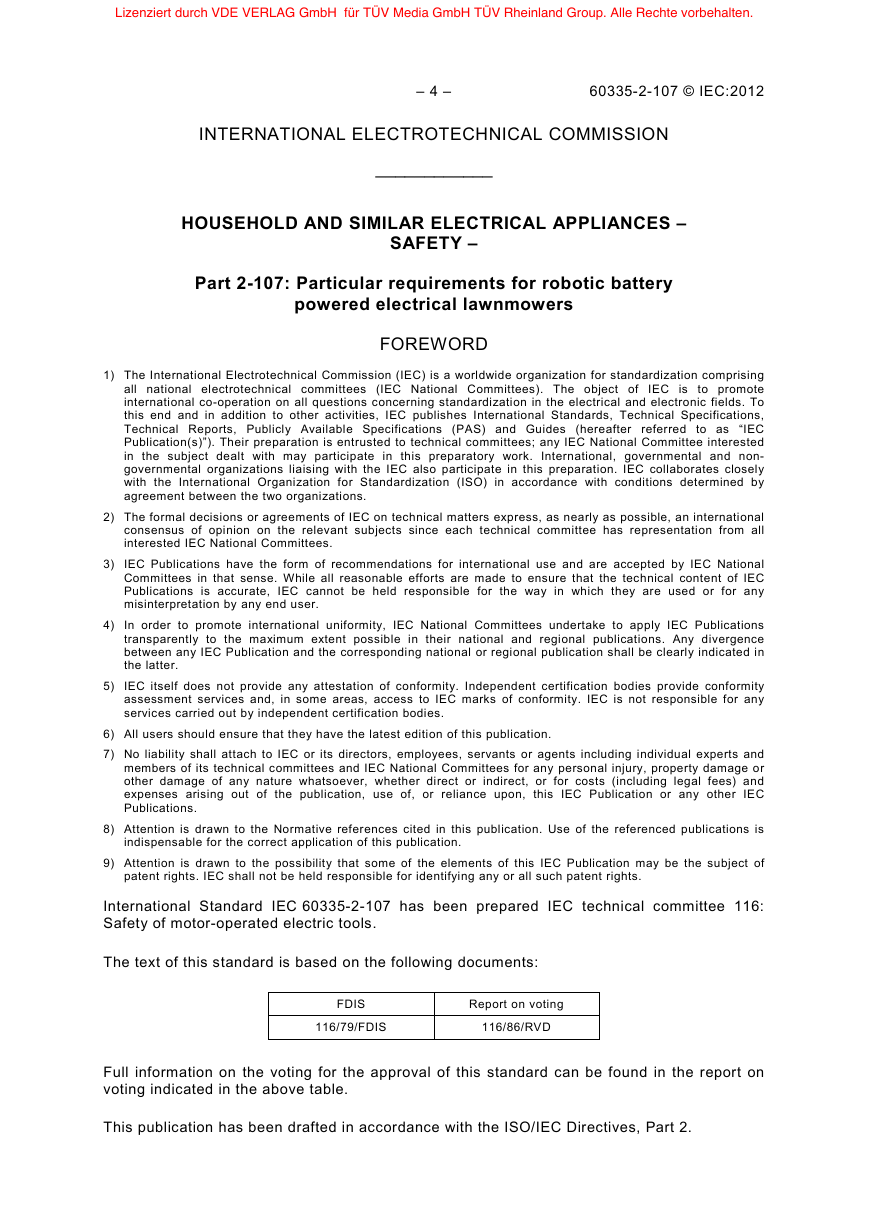
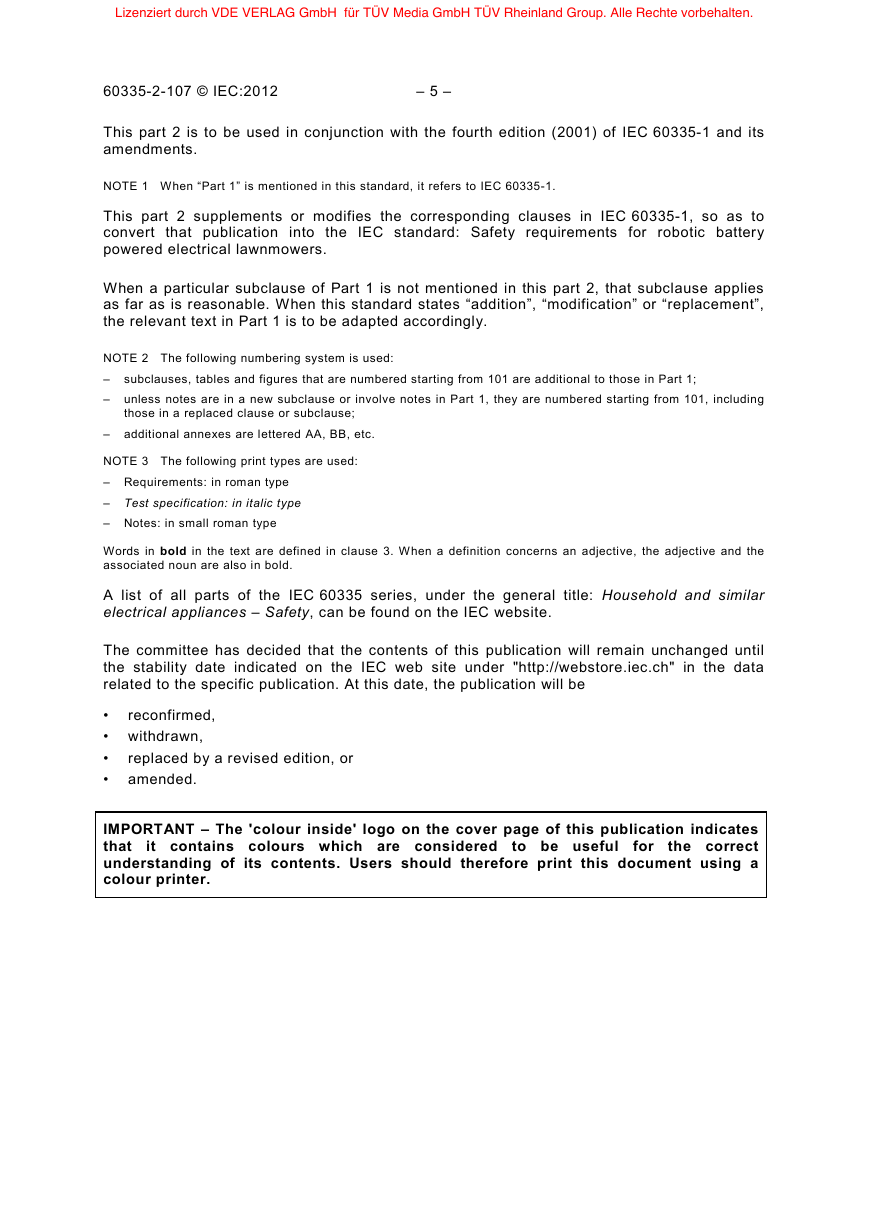
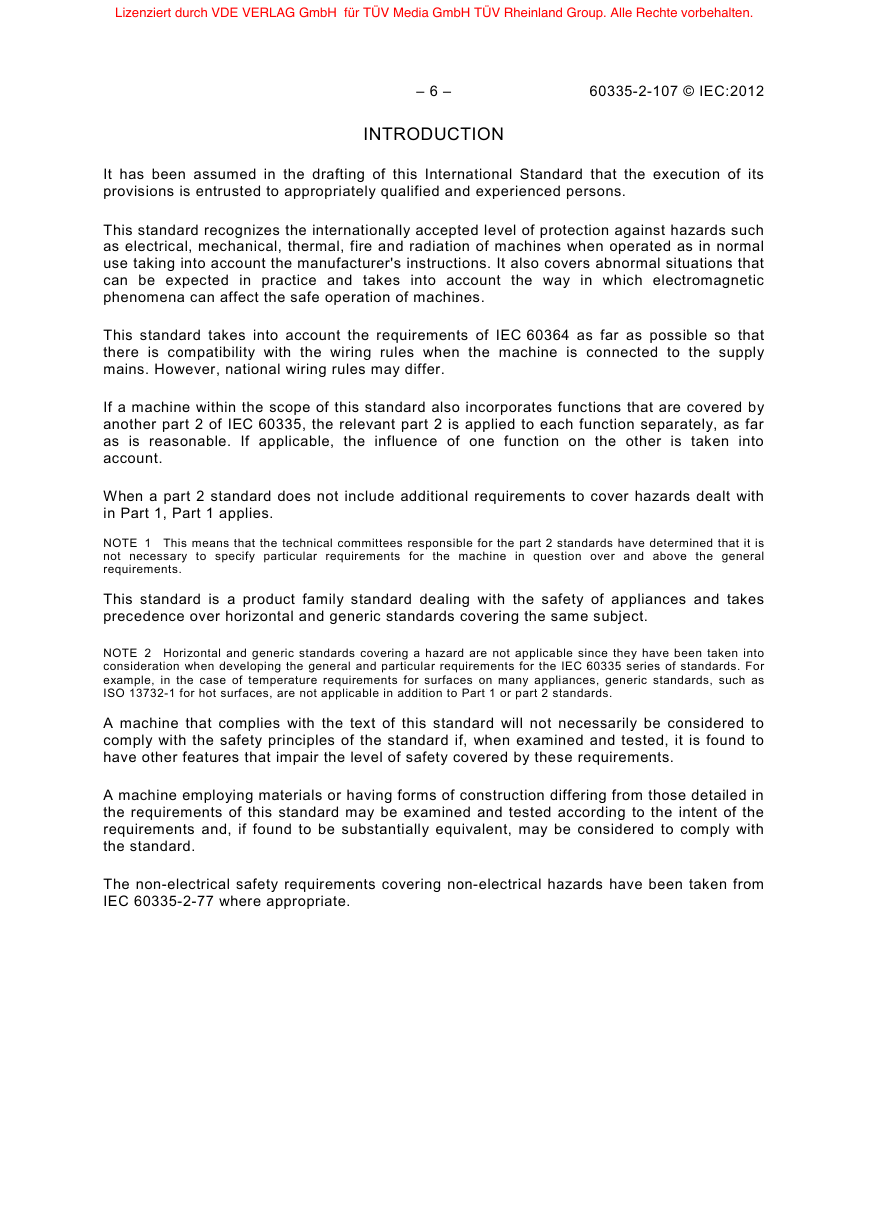








 2023年江西萍乡中考道德与法治真题及答案.doc
2023年江西萍乡中考道德与法治真题及答案.doc 2012年重庆南川中考生物真题及答案.doc
2012年重庆南川中考生物真题及答案.doc 2013年江西师范大学地理学综合及文艺理论基础考研真题.doc
2013年江西师范大学地理学综合及文艺理论基础考研真题.doc 2020年四川甘孜小升初语文真题及答案I卷.doc
2020年四川甘孜小升初语文真题及答案I卷.doc 2020年注册岩土工程师专业基础考试真题及答案.doc
2020年注册岩土工程师专业基础考试真题及答案.doc 2023-2024学年福建省厦门市九年级上学期数学月考试题及答案.doc
2023-2024学年福建省厦门市九年级上学期数学月考试题及答案.doc 2021-2022学年辽宁省沈阳市大东区九年级上学期语文期末试题及答案.doc
2021-2022学年辽宁省沈阳市大东区九年级上学期语文期末试题及答案.doc 2022-2023学年北京东城区初三第一学期物理期末试卷及答案.doc
2022-2023学年北京东城区初三第一学期物理期末试卷及答案.doc 2018上半年江西教师资格初中地理学科知识与教学能力真题及答案.doc
2018上半年江西教师资格初中地理学科知识与教学能力真题及答案.doc 2012年河北国家公务员申论考试真题及答案-省级.doc
2012年河北国家公务员申论考试真题及答案-省级.doc 2020-2021学年江苏省扬州市江都区邵樊片九年级上学期数学第一次质量检测试题及答案.doc
2020-2021学年江苏省扬州市江都区邵樊片九年级上学期数学第一次质量检测试题及答案.doc 2022下半年黑龙江教师资格证中学综合素质真题及答案.doc
2022下半年黑龙江教师资格证中学综合素质真题及答案.doc